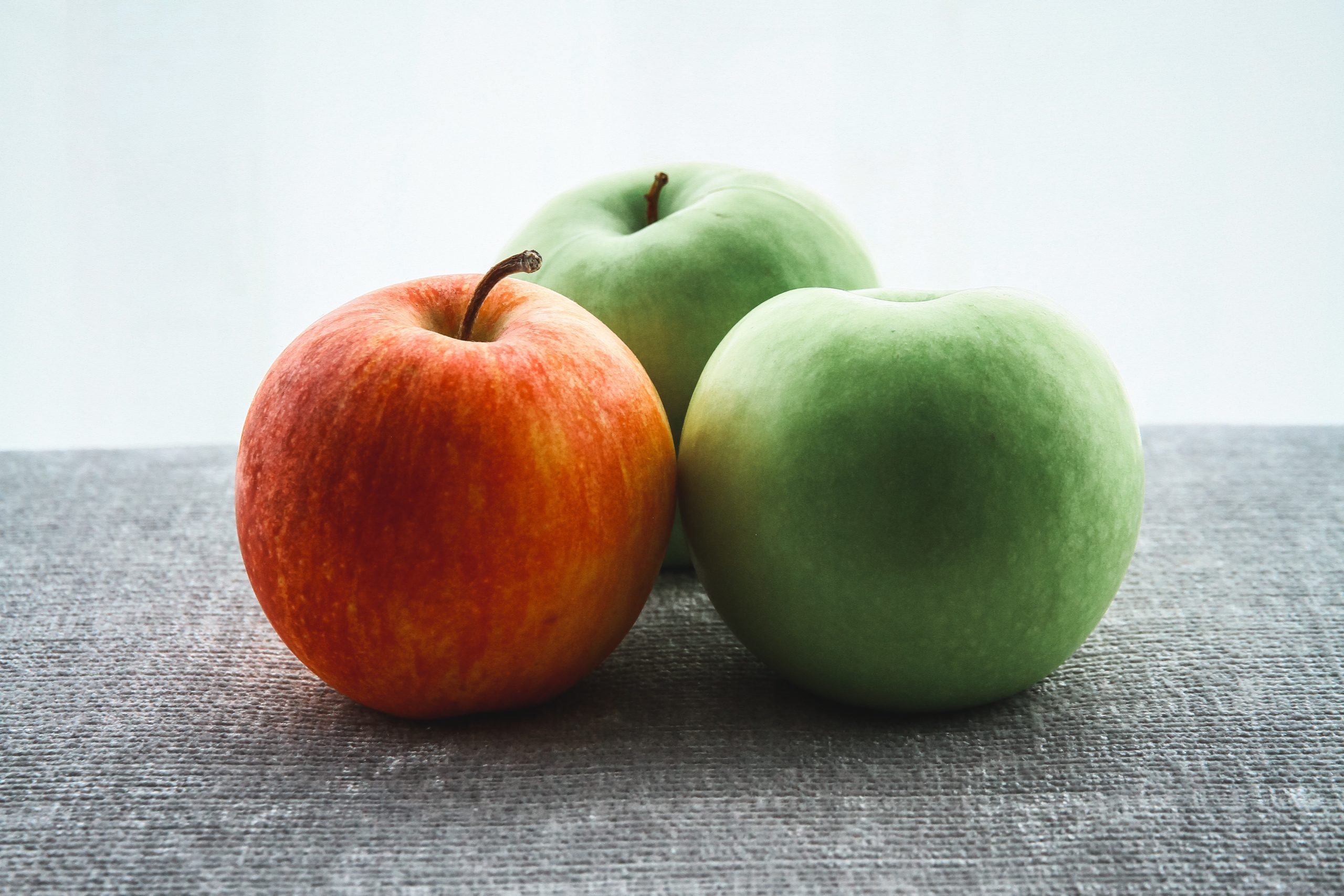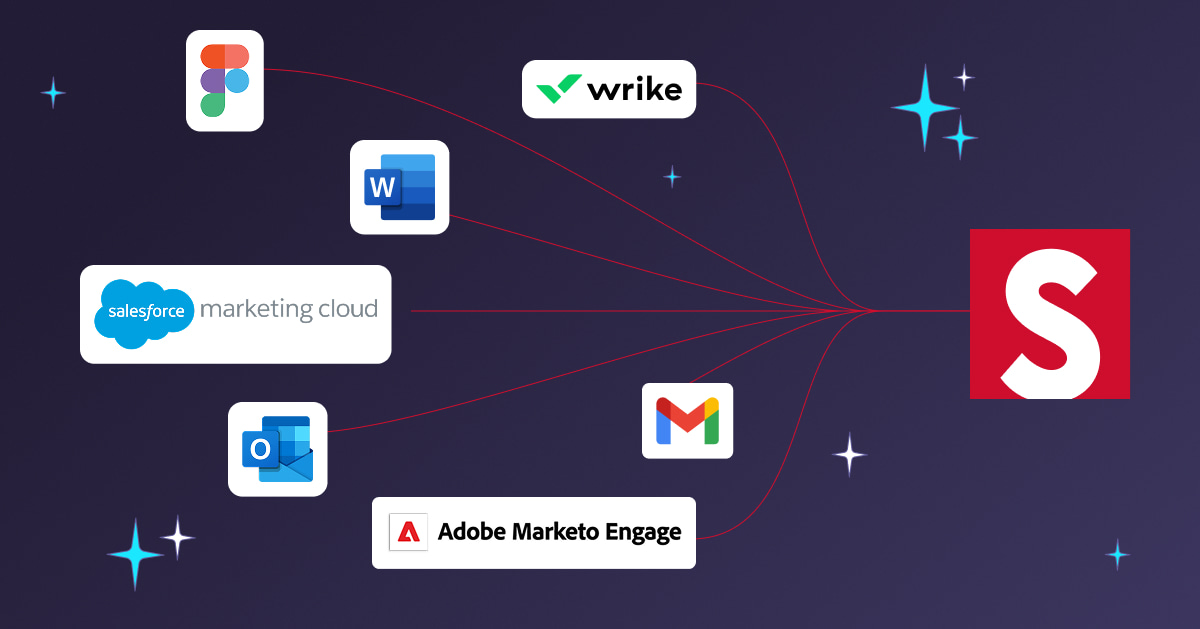Have you stumbled into a career in email marketing?
A Really Good Emails survey found that 57% of email marketers enter the industry because a new position required that they work on emails; 19.5% had some previous coding, design, copywriting, or analytical skills which they volunteered; and 15.2% were forced into it by their boss.
Whatever bucket you fall into, it’s hard to wrap your head around the staggering amount of tools, processes, strategies, and systems that make up email marketing. Don’t freak out just yet, take a look at our blog; Your A-Z Guide of Essential Email Marketing Terms.
A/B testing is one of the most important elements of email marketing, and it’s often ignored or overlooked due to a lack of budget or bandwidth.
Start your email marketing career right with this essential breakdown of A/B testing.
What is A/B testing?

A/B testing is the process of comparing two versions of an email and seeing which performs better.
Sometimes called split testing, A/B testing is essentially an experiment where half of an email list gets sent email A and the other half receives email B.
The test could focus on a variety of different elements in an email but each A/B test should only test one thing.
So if you’re testing two different subject lines to see which results in the most opens, you can’t also test the from line.
Where should you start?

It might seem daunting but A/B testing is actually an easy practice to adopt.
To get your A/B testing kicked off, these common email campaign elements are often tested by marketers:
- The subject line (72%)
- Message (61%)
- Layout and images (50%)
- CTA (50%)
- Days of the week sent (46%)
- Time of day sent (39%)
- Personalization (34%)
- Landing page (32%)
- Target audience (30%)
- From line (26%)
- Mobile layout and images (15%)
Pick one of the above and decide which two variations you want to run. It could be two subject lines with slightly different copy (maybe one is title case and one is sentence case), two headlines with different phrasing, two images, etc.
Take a strategic approach and determine which test would see the biggest movements in email marketing results.
What should you do with the results?

By conducting these A/B tests, you can see which elements or changes get customers to respond.
These results can then inform your future email campaigns, instead of just guessing about what customers like or assuming they’ll respond to certain colors or copy.
For example, say you run an A/B test on two call-to-action (CTA) buttons with one button being red and the other being green. If the red button gets 70% more clicks than the green button then you know that the color red boosts conversions for CTA buttons.
You can then use red CTA buttons in future email campaigns and monitor the results you get.
If you see a drop off in clicks, then run another A/B test and see what you get. Remember the old marketing saying that A/B testing actually stands for Always Be Testing!




